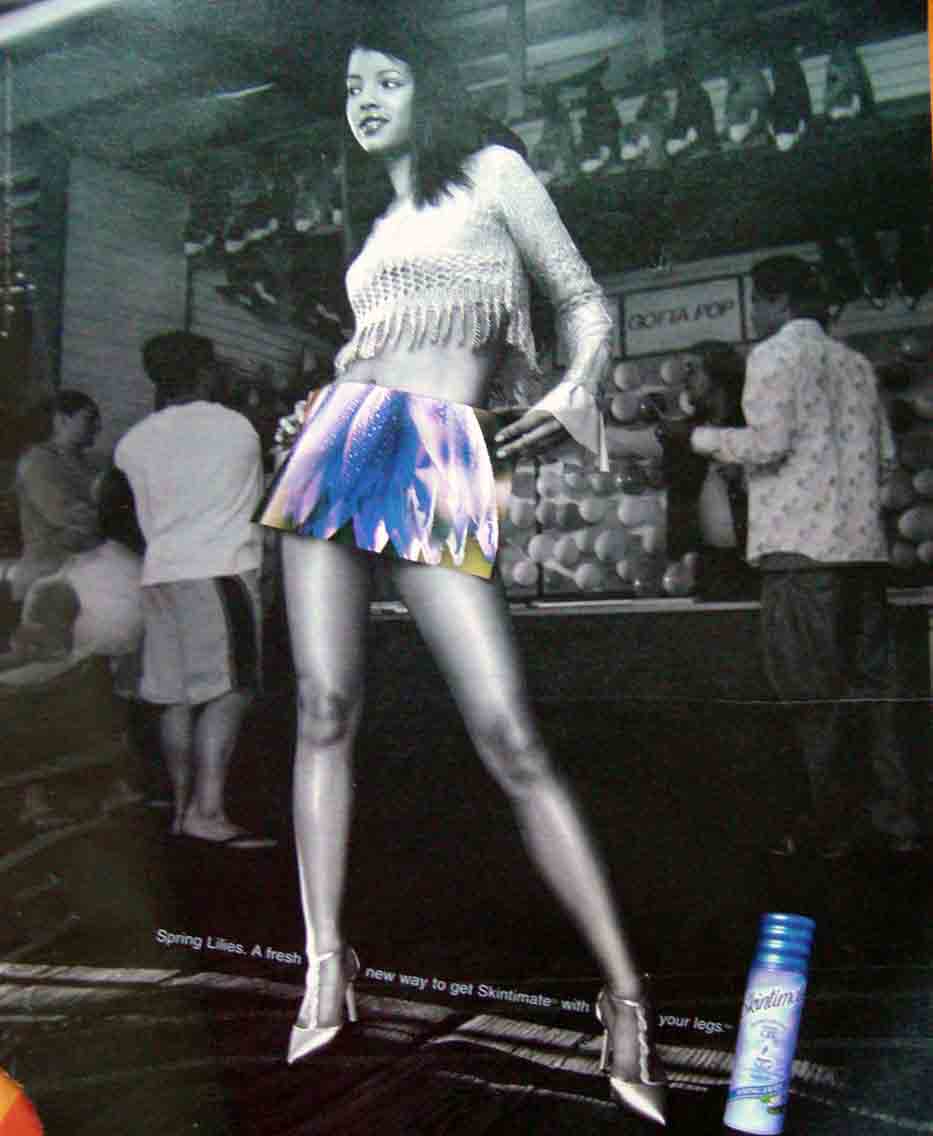Looking,
staring, even gazing is a part of being human, a part of functioning as an individual.
If one lacks the sense of sight, their other senses are intensified, but ultimately
our visual capabilities allow each of us to gain and absorb so much of what is
around us. However, many of the things that we see and observe are not our own.
These images are created to shape our understanding and beliefs as spectators.
The
gaze is the way an individual views and understands visuals presented in culture
and society. The male gaze is the objectification of women by men and how men
view and portray women. A person does not need to be naked to be sexualized, to
be subjected to the male gaze. The oppositional gaze or the black oppositional
gaze reflects a history and culture of African American individual who have
been denied their inherent right to look and who gone against oppressive forces
to create a visual identity for themselves.
Bell
Hooks addresses the challenges an institutionalized social construction can
cause in chapter seven of her book, Black
Looks: Race and Representation. She states that overcoming gender
construction cannot be based on changing or challenging one individual’s belief,
but it must be tackled in a way that reflects an overall transformation of hegemonic
white male ideals. When a concept is institutionalized it becomes a relative
reality of its own, developing into a framework that rest on how each
respective cultural adopts it and how societies throughout time interpret it, especially
through film and media.
The
problem with forged realities is that they are not concrete or true
representations of all individuals, and when one’s own reality is not
reflective of the general model they are forced to compel or be ostracized for
who they are or for who they may not be. For black women it is not only a battle of the
sexes, but also a battle of races.
Images
hold great significance in our cultural identity and though the male gaze is oppressive
in content, it is a true reflection of our identity as a society as a whole. It
is only when men and women alike challenge these norms can a structural gaze
breakdown. Before film was interrogated, black female spectators “choose not to
identify with either the victim or the perpetrator, a clear example of the oppositional
gaze.
Although we may not want our identity to be defined by those who look at us, we are limited in our control, because we too define ourselves by what we see or by what we wish to see.
Painting:
Photo (Advertisement):


Good understanding of the gaze, I became curious about your own experiences.
ReplyDeleteThis piece of your writing was both an excellent simplification and a really great way of portraying the complexity of status quo: When a concept is institutionalized it becomes a relative reality of its own
ReplyDeleteThe particular wording you used for description in your work stood out quite a lot to me. I especially loved the phrase, "forged realities", I myself hadn't been able to articulate the gazes with such terms so I am more impressed by your efficient use of them. There were a few (very minor!) grammatical errors which I'm sure you could have avoided by reading it over. Also did you want to point out only the painting in your first link or the article that comes along with it as well? It would be better if you pointed out both. :)
ReplyDeleteThis post was very accurate and very good. Also the pictures you picked are prefect examples of the way men view women as an object. Great Job!
ReplyDeleteI totally agree with you're representation of both the male and the oppositional gaze, but your title is unclear. The way i see is that looking is free, and because its free it makes it easier for the male gaze, don't you think?
ReplyDelete